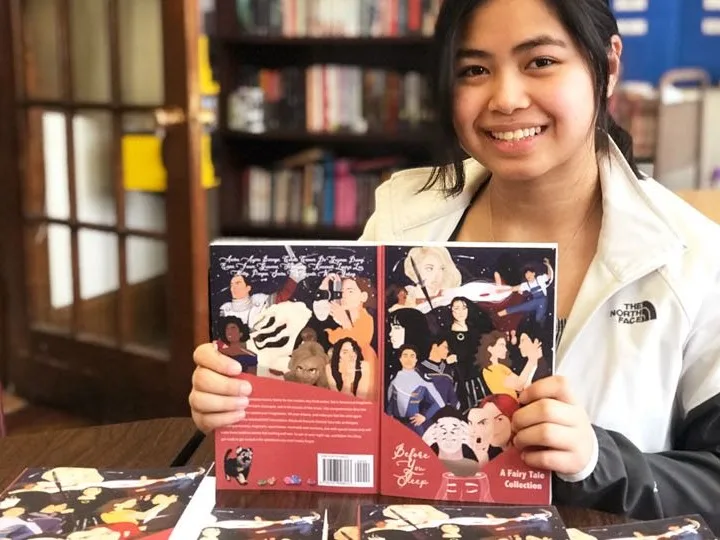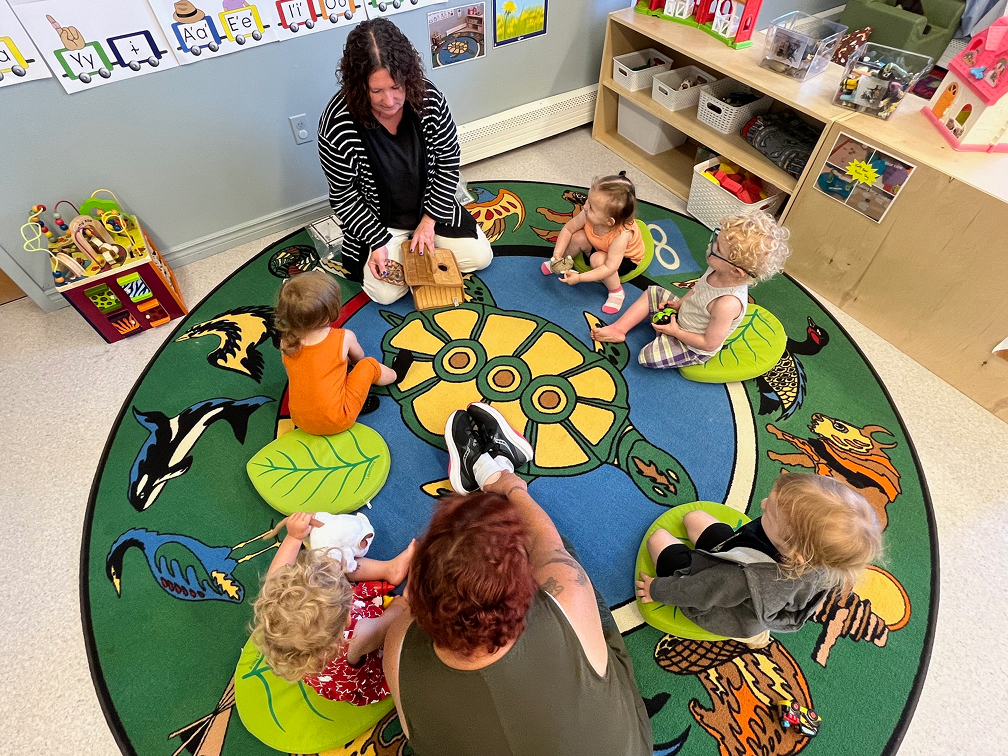
Education
Innovation in the classroom
Dec 25, 2019
Pop-up libraries connect youth with an inspiring collection of books.
Students at Daniel McIntyre Collegiate Institute don’t have to travel far to find a great book to read. That’s because customized pop-up libraries can now be found in all of the English classrooms at the inner-city high school.
It’s a project that was sparked by award-winning educator Benjamin Paul and supported by a $10,000 grant from the TELUS Friendly Future Foundation.
Benjamin spent countless hours of his own time researching authors and book titles from various sources in order to assemble a unique collection of works that reflect the rich diversity of the school’s population.
“Our student body is made up of first and second-generation immigrants, along with a growing Aboriginal population. These are working-class families – parents with multiple jobs working to provide a better life for their children, `` he explains. “The one characteristic all our students share is a lack of socio-economic privilege. Despite having a strong work ethic, our students struggle with a lack of technological tools necessary for the modern high school student."
With the support of the project, the more than 1,000 students at the high school are now connected to important resources that allow them to be fully engaged in a modern and creative English Language Arts program.
“I think it’s really important that we bring in titles that the kids can relate to,” Benjamin explains.
“We found novels where the characters and subjects cover important topics like mental illness, immigration and LGBTQ. The whole library is adapted to the students and their unique interests.”
Along with inspiring the kids during the school day, the project has also had a tremendous impact outside of the classroom.
According to the latest assessments, Benjamin confirms that the majority of students more than doubled the average reading time and in most cases, they scored more than one-and-a-half times higher in their reading comprehension testing.
“It’s really the quality of the materials that promoted them to read, and read more often,” he confirms. “They found new books that interested them and became independent readers at home. They fell in love with reading.”


